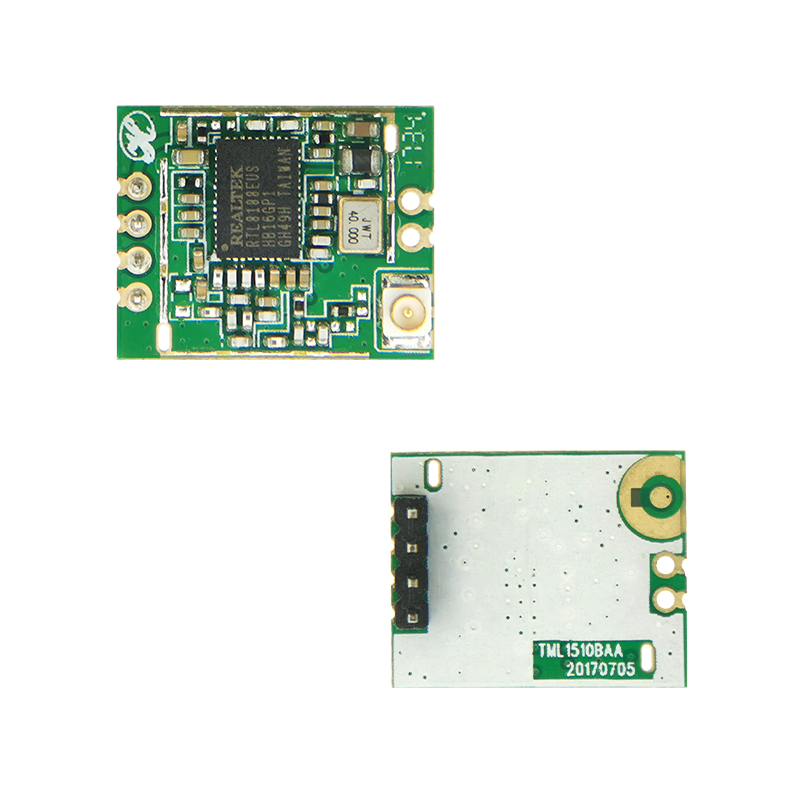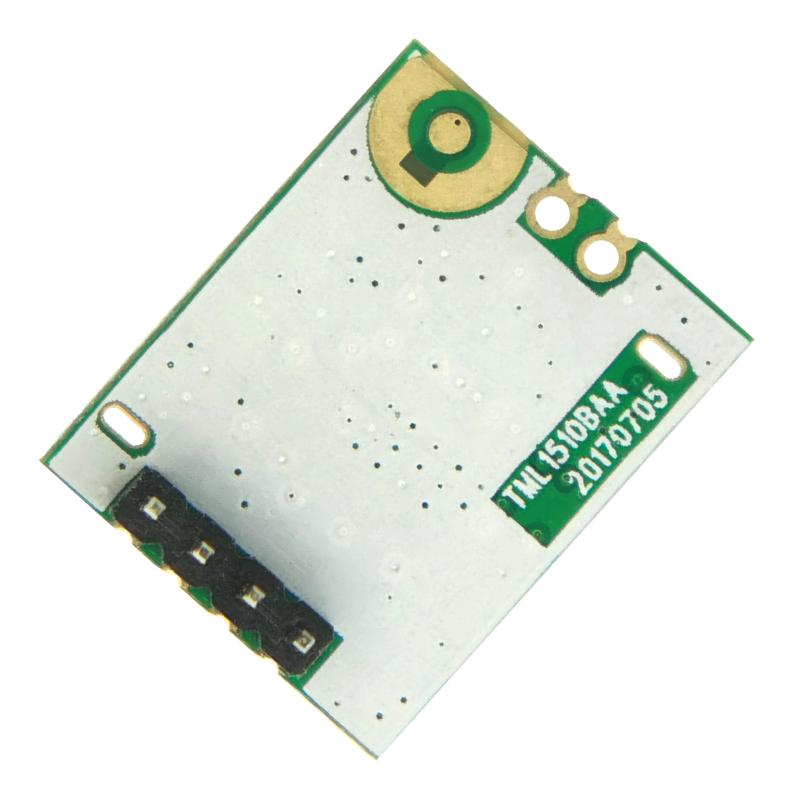WiFi chips have become an integral part of our digital lives. They are found in an array of devices, from smartphones to smart homes, offering us seamless connectivity. But, does a WiFi chip truly provide a cost-effective solution? In this article, we will delve into the various aspects of WiFi chips to determine their cost-effectiveness.
As the world embraces the Internet of Things, WiFi chips play a crucial role in connecting devices to the internet. In IoT applications, WiFi chips provide a cost-effective solution by enabling devices to connect to existing WiFi networks, eliminating the need for additional infrastructure. This scalability and ease of connectivity make WiFi chips a popular choice in the IoT industry.
Smartphones and laptops are equipped with WiFi chips that enable wireless internet connectivity. While WiFi chips may add minimal cost to the overall device price, their benefits outweigh the expenses. WiFi connectivity allows users to access the internet without relying on expensive cellular data plans. Moreover, WiFi chips offer faster data transfer speeds and better network stability, enhancing the overall user experience.


With the rise of smart homes, WiFi chips are increasingly being integrated into devices such as smart lights, thermostats, and security systems. These chips allow homeowners to control and monitor their devices remotely, offering convenience, energy efficiency, and enhanced security. While the initial cost of implementing WiFi-enabled home automation devices may be higher, the long-term cost savings through energy efficiency and remote management make WiFi chips a cost-effective solution.
In industrial settings, WiFi chips play a crucial role in enabling wireless connectivity for various applications, including monitoring, control systems, and data collection. WiFi chips provide a cost-effective solution by eliminating the need for complex wiring and infrastructure. The ease of installation and scalability of WiFi networks make them an affordable choice for industrial operations.
While WiFi chips offer numerous benefits, it is important to consider the challenges and potential drawbacks. WiFi networks can sometimes be vulnerable to interference and signal quality issues. Additionally, in some applications where power consumption and battery life are critical, WiFi chips may not be the most energy-efficient solution.
Overall, WiFi chips provide a cost-effective solution in the majority of applications. Their ability to connect devices to existing networks, enhance user experience, and enable remote control and monitoring make them a reliable and affordable choice. However, it is essential to evaluate specific requirements and potential challenges before choosing WiFi chips as a connectivity solution. With advancements in technology, WiFi chips are likely to become even more cost-effective, further solidifying their position as a key component in the world of connectivity.
 Trolink Joint With Tuya to Make Iot Benefit Every Family
Trolink Joint With Tuya to Make Iot Benefit Every Family
 5 Key Indicators for WiFi Module Selection You Have to Know !
5 Key Indicators for WiFi Module Selection You Have to Know !
 IOT module is the brain of smart products
IOT module is the brain of smart products
 What is the signal coverage range of the WiFi module chip?
What is the signal coverage range of the WiFi module chip?